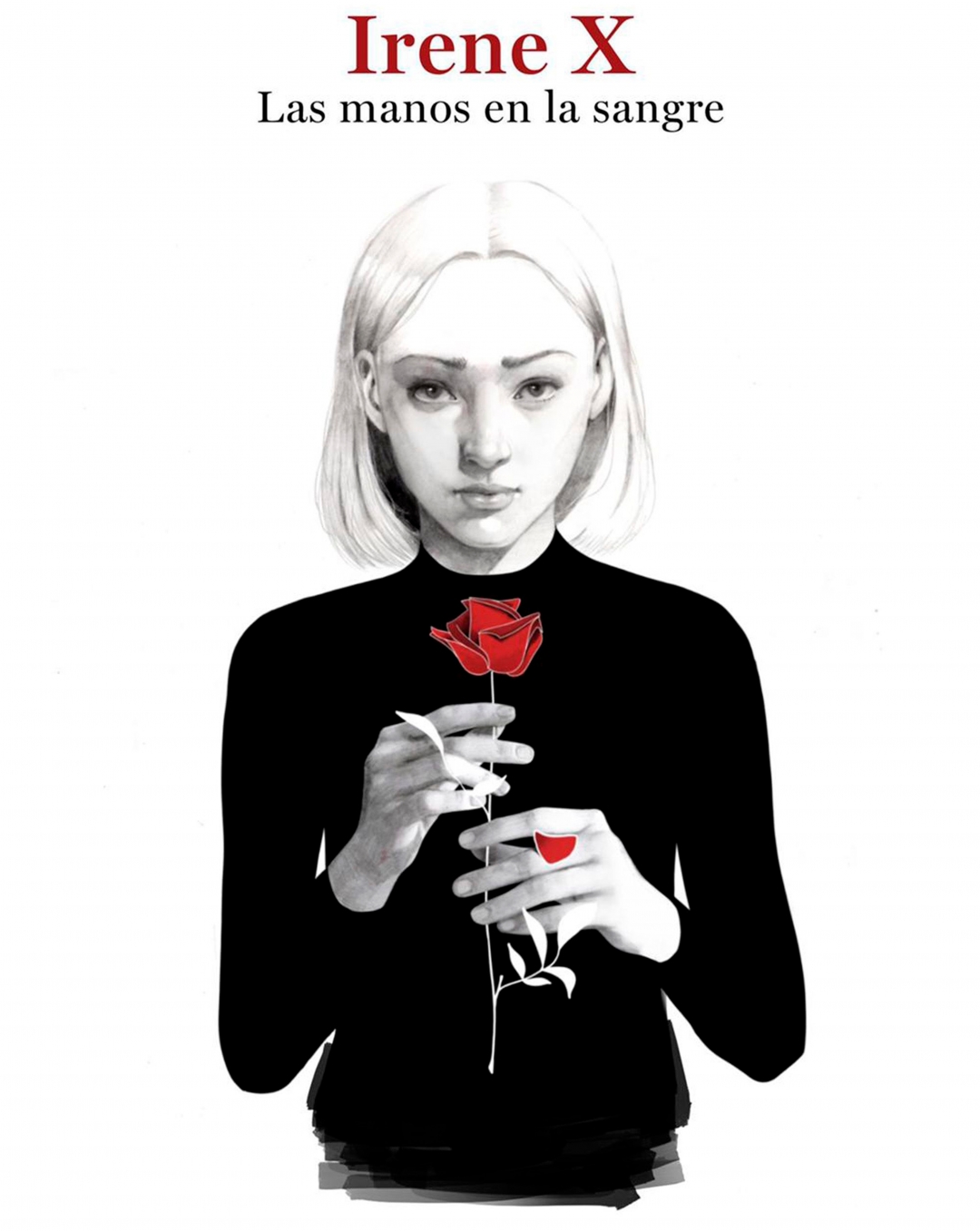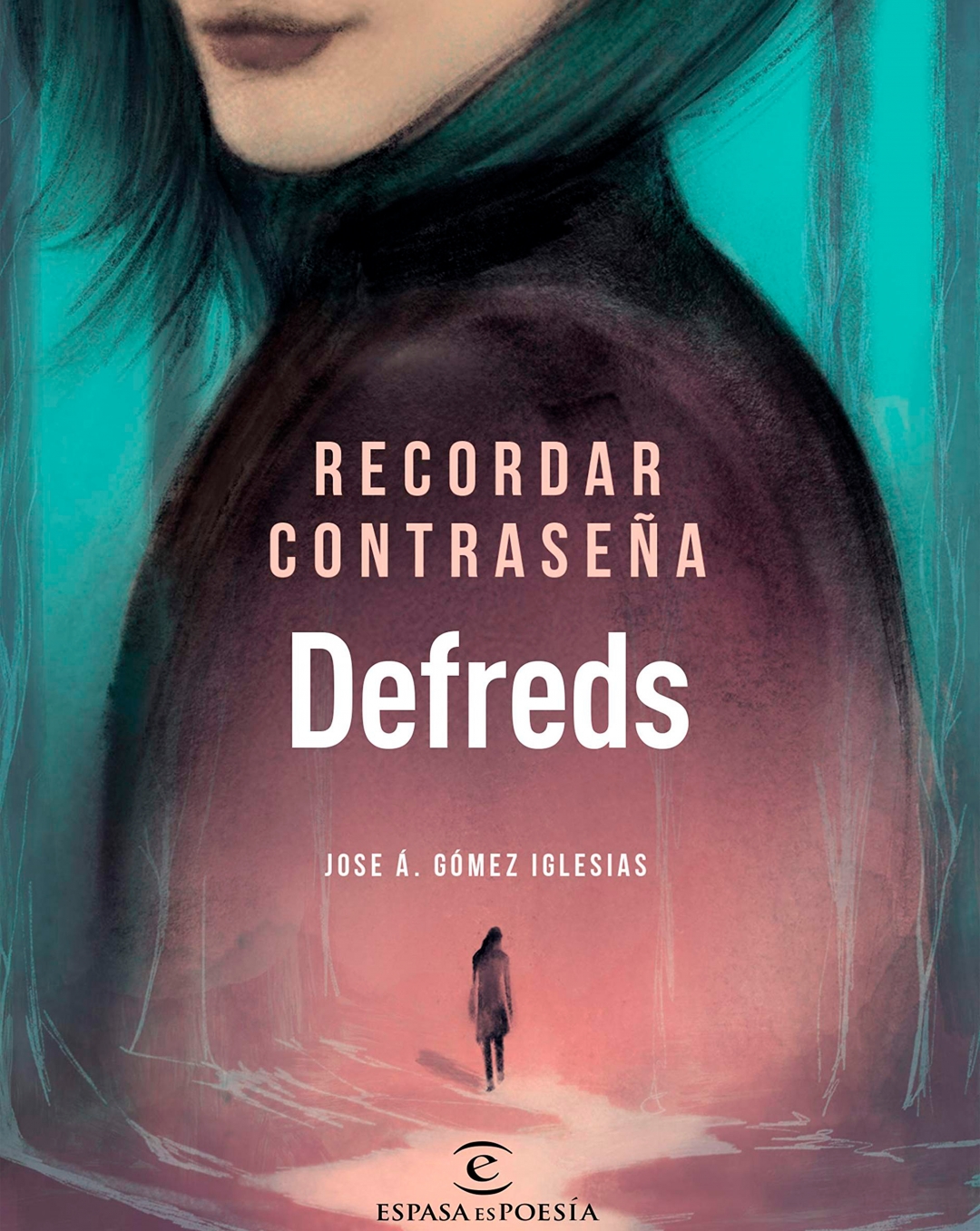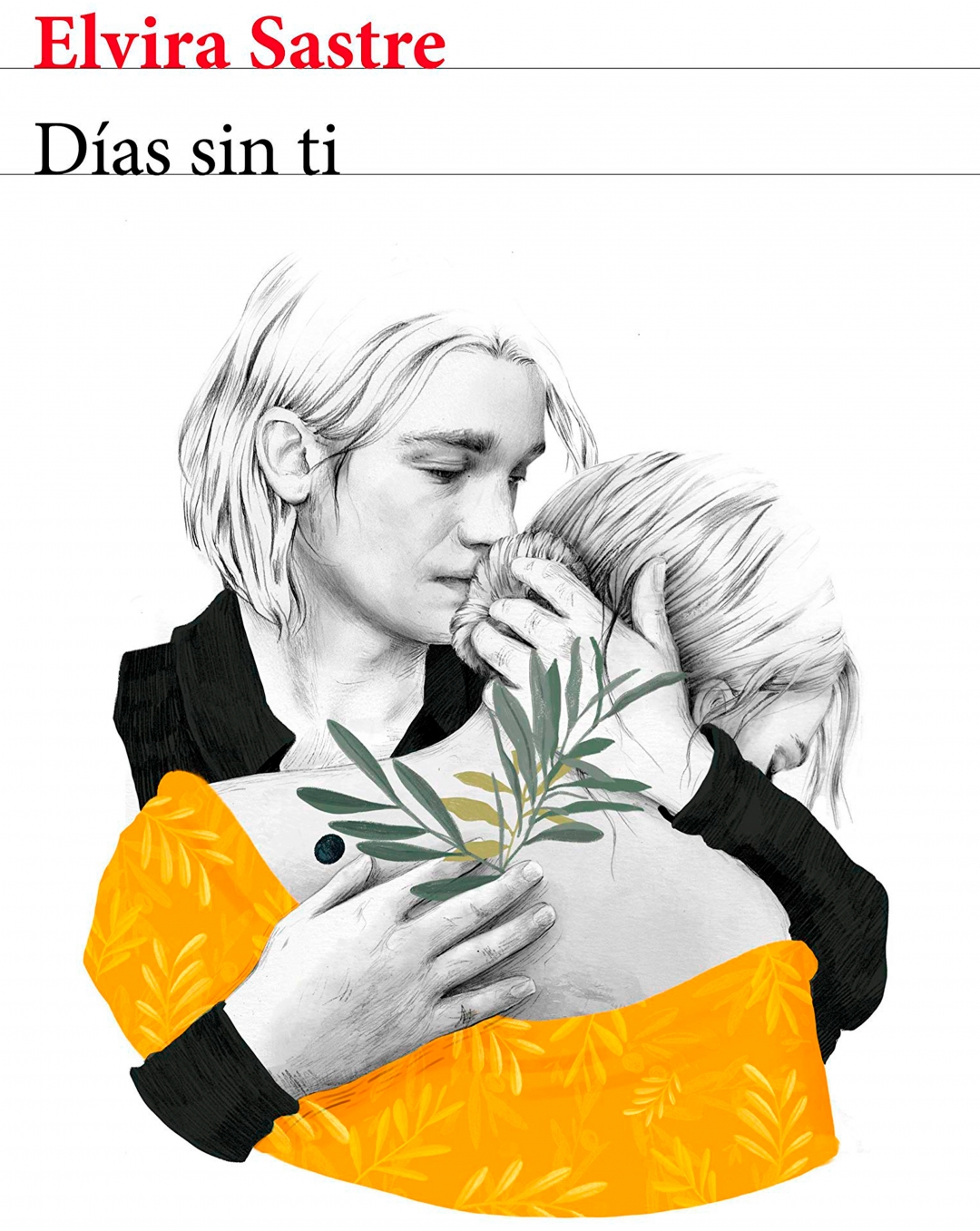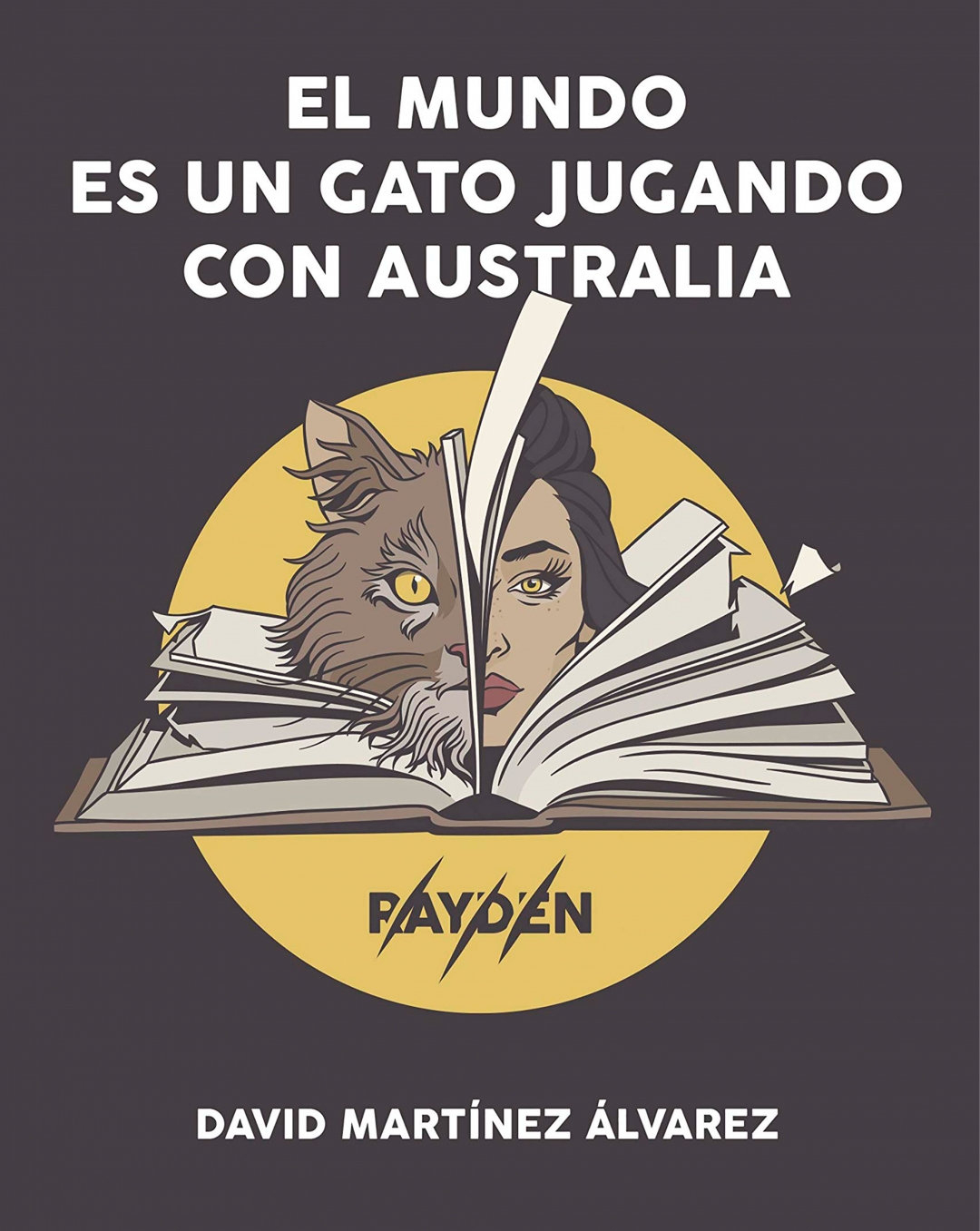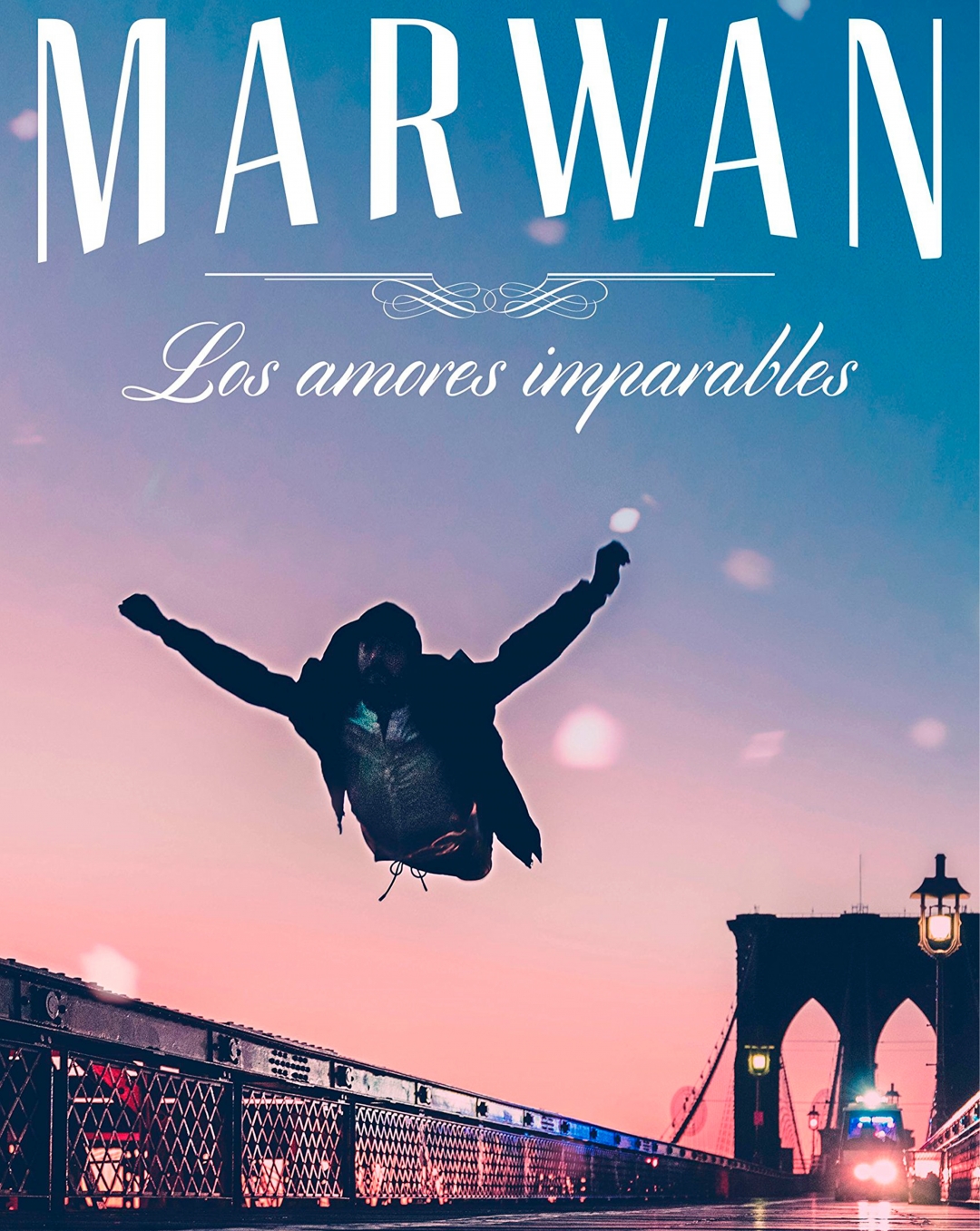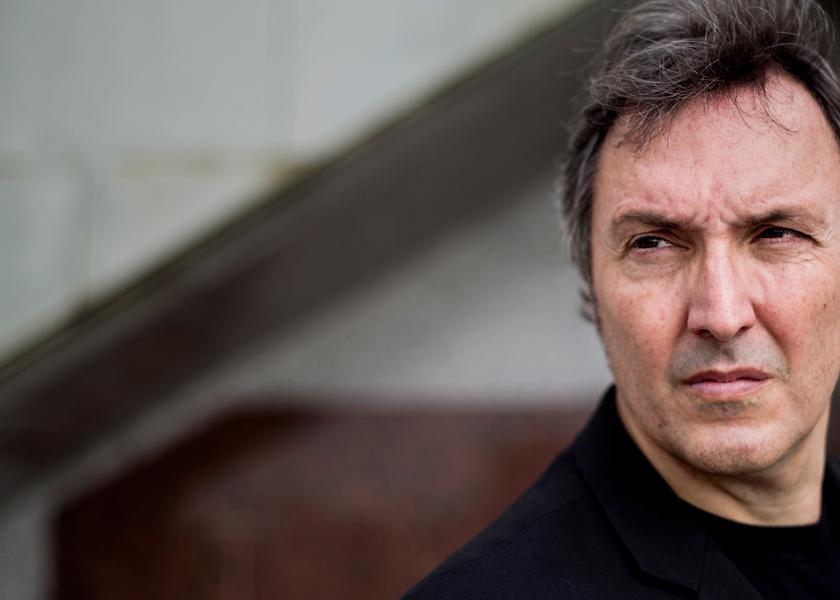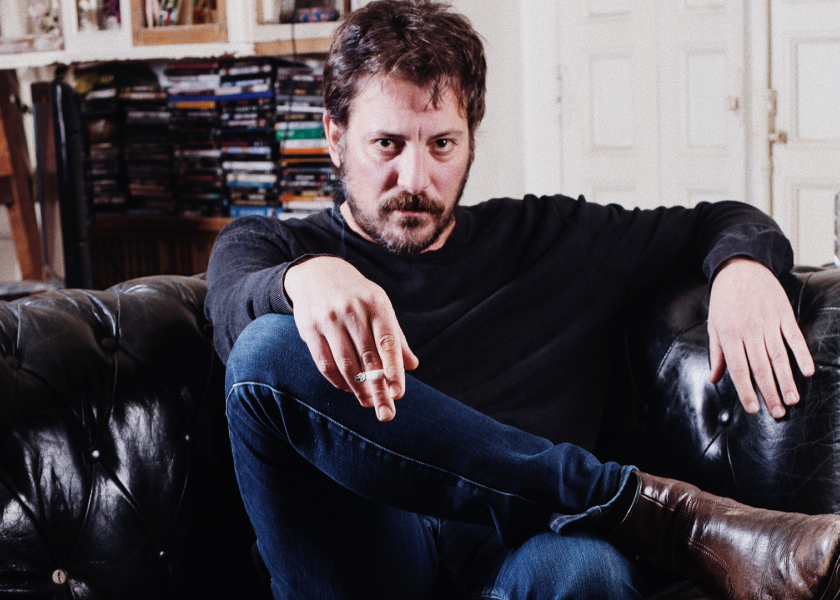Online Verses
The Revolution of the Millennial Poets

In recent years, the Spanish literary ecosystem has been profoundly altered by a poetic explosion that has caused a flood of new creators coming from the insides of the internet. In addition to modifying the editorial landscape, the digital native poets have also collapsed the bestseller lists with their creative output.
The people responsible for this spectacular revolutionary irruption are popular names like Defreds, Rayden, Marwan, Diego Ojeda, César Brandon, Miguel Gane, Srtabebi, Loreto Sesma, Irene X, and Elvira Sastre. Instagram, YouTube and Twitter store thousands of their texts, performances, recitals, readings, quotes, acknowledgments, smiley faces, thumbs up, and, above all, a wild catalogue of forms of extimacy (a display of privacy). We analyse the scope of this phenomenon with the help of Defreds, Rayden and several literary critics.
Defreds is the undisputed number one when it comes to sales. His latest publication, Recordar contraseña (“Remember Password”), ranks higher in sales than some major names in international poetry such as Alejandra Pizarnik, Anne Carson or Raymond Carver. His real name is José A. Gómez Iglesias, and, much like many of his successful peers, he doesn’t consider himself a part of any generation. “Of course not. I don’t write poetry. I write, I enjoy it, and some people enjoy what I do. That’s enough for me. I’m not on a high level, nor do I want to belong to any generation.” An opinion shared by Rayden (David Martínez Álvarez), musician and author of poetic bestsellers like El mundo es un gato jugando con Australia (“The world is a cat playing with Australia”). “I will always be on the side of Marwan and Elvira Sastre, on the other side of mainstream, but I don’t feel part of a generation. That sounds arrogant and pompous to me.”
In spite of their enormous success on social networks and in the bookstores, these poets sweeping the teenage audiences off their feet are humble and, in a way, feel unworthy of the attention they’re receiving within the literary world. Defreds confesses he never thought “anything like this would happen” and that everything happened “little by little and without pretensions.” To Rayden, success seems secondary: “I’m just happy with the fact that behind each number there’s a person who discovered my work. What sometimes seems a milestone is no more than a detail to me. As far as I’m concerned, success is getting to write my first book and still liking it today.”
A genre in the spotlight
The work of these creators hasn’t been spared criticism, although even their biggest detractors acknowledge that it’s turned young people onto reading poetry books en masse. Rayden believes that the fact that he’s never paid too much attention to what others write about him has been paramount throughout his career. “Whatever you do, they’re going to criticise you, even without reading your work, for what they have been told about you, because they see you signing at the book fair, for example.” Defreds, who’s sold more than 500,000 copies of his poems and whose new book Incondicional (Espasa) will be out in November—another instant number one, most likely—doesn’t care about criticism: “I’m just having fun and I’m not getting into what others may be doing. There’s a lot of variety in the bookstores and no book takes up any space reserved for others.”
When asked what their literary references are or which poems they’ve read marked them the most, Rayden mentions poets such as Rosalía de Castro, Benjamín Prado, Luis García Montero and Gloria Fuertes. Defreds, on his part, claims to be more the type who “goes to bookstores to browse books and take them home, regardless of the author.”
When trying to assess the shock in the publishing world caused by the incursion in the cultural landscape of this large group of young creators, we also looked for the opinion of several experts. José Luis García Martín, writer and director of Clarín magazine and professor at the University of Oviedo, is probably the biggest connoisseur of Spanish poetry in the last century, and also one of the most independent and feared voices in Spanish literary criticism. Contrary to what one might expect, the author of Treinta años de poesía española (“Thirty Years of Spanish poetry”) champions these urban bards. “Poets must be judged by their work and not by which means they publish it, or whether they sell much or not. And to judge them you have to read them without prejudice, which few of those who criticise these new poets—usually poets of little impact and critics stuck in their own preconceptions—do.”
Nuria Azancot also shows herself tolerant of the phenomenon. The editor-in-chief of El Mundo’s El Cultural magazine values the fact that these writers serve as catalysts to generate new readers. “We must approach these poets with respect and without prejudice, because authors such as Marwan, Elvira Sastre, Loreto Sesma or Miguel Gane are bringing poetry to thousands of young people who had moved away from reading towards the social networks and the audio-visual world, and who recognise themselves in many of their verses.”
Sergio C. Fanjul, cultural journalist of El País, astrophysicist and poet, is a relevant voice within the literature that budded in the bowels of the digital universe. His book Pertinaz freelance (“Persistent Freelancer”, Visor), marked a turning point in contemporary poetry by originally addressing the uncertainty of the freelancer’s life and addiction to social networks. While, based on his age, he’s a contemporary of the new poets who established themselves through the Internet, Fanjul distances himself from them “because of the superficiality and sentimentality” he says abound in their texts, though he does acknowledge that the so-called parapoets (a term coined by Luis Alberto de Cuenca) “have a great capacity to attract new audiences, which has boosted interest in poetry, and caused events, media and sales to multiply, not only for the parapoets themselves, but for poetry in general.”
The phenomenon, however, is not new. “I think this should help us remember that there are some great poets who’ve been exploiting the digital technologies and platforms for e-poetry for a long time, such as Miriam Reyes, María Mencía or Eugenio Tiselli,” says Domingo Sánchez-Mesa, Professor in Literary Theory and Comparative Literature at the University of Granada. The controversy is on the table. Or rather, on the screen.
